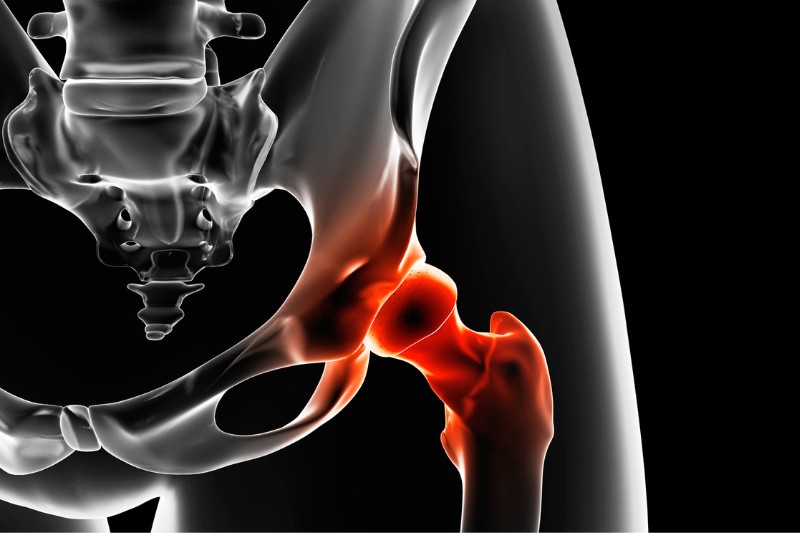Making the RIGHT Decision in Hip Replacement Surgery
If you’re facing a hip replacement, you may have heard that you have 2 options these days. One requires months of rehab, a decent amount of pain, and a dramatic change in your lifestyle for a number of weeks. The other gets you back to a relatively normal life routine in the week following surgery with minimal discomfort. Sounds like an easy decision to make, yes?
Let’s talk about these 2 very different strategies: traditional (posterior) approach to hip replacement vs. the direct anterior approach. Perhaps fancy terminology, but I’m sure you’ll see the difference shortly.
Hip replacement surgery options have tremendously improved over the last several years. Something called the Direct Anterior Approach has made hip replacement much more user friendly. Traditionally, hips have been replaced from a posterior approach and this is the option that many surgeons still perform. There is a lot of cutting of muscle (so the surgeon can get to the hip joint), a long recovery, and restrictions on how you use the new joint (these restrictions need to be followed indefinitely). I have worked with a number of clients who have had this procedure, and while the end result is generally good, it is a long road to getting to that point. And we have to be quite careful with certain exercises and sitting positions. Perhaps the most painful and lengthy portion of recovery is the time it takes for the severed muscles to heal.
On the flip side, we have the anterior approach. In my experience, this is the only way to go. While it’s a relatively new procedure, in the hands of an experienced surgeon, this approach is just about ideal for the patient. Muscles do not need to be cut to access the joint, and the replacement itself has very little (perhaps no) restrictions on how the joint is moved once it has healed. Here is a list of pros from my preferred surgeon’s website:
Less pain
Rapid recovery
No muscles are cut/detached from the bone
No precautions in movement after surgery
Can be performed outpatient with same-day discharge to home
Little to no need for physical therapy
Better accuracy of leg length
My husband has had both of his hips replaced via this procedure, so I’ve seen first-hand the remarkable results of this approach. He was walking the same afternoon after his surgery and was able to climb stairs, slowly, the following day. The only con is that not too many surgeons are trained in this technique. For a recommendation to an outstanding surgeon, get in touch with me. If you need a hip replacement, why not go with the best surgery option and outcome possible? And if you can make such a significant procedure so much easier on yourself, well, the choice seems pretty darn clear to me.
One more thing: Getting your hip and core muscles stronger before surgery is a good idea. And who knows…you may just be able to push that hip replacement down the road a bit once you know how to use stronger hips and legs. Get in touch with me…I’d love to help!

